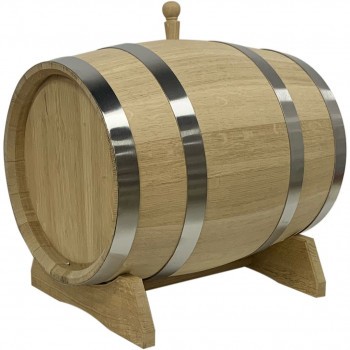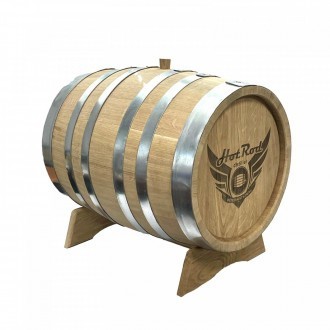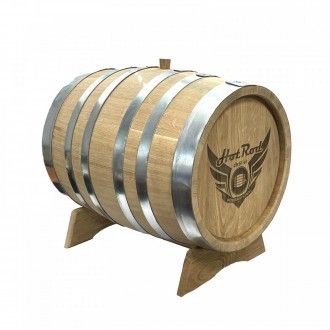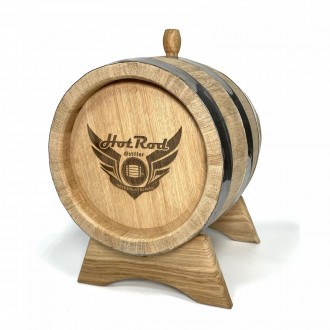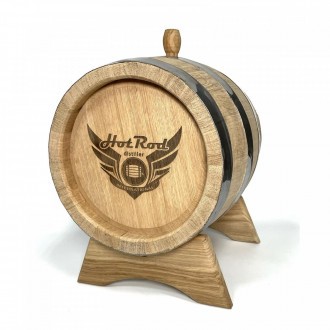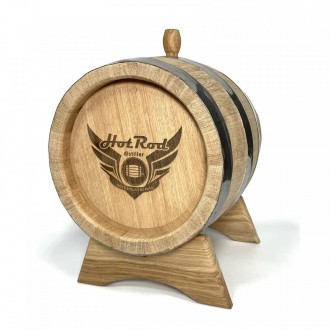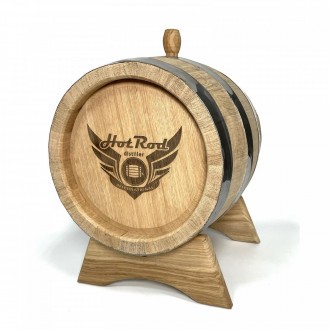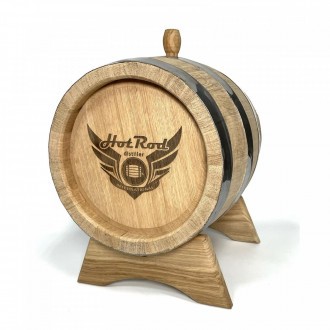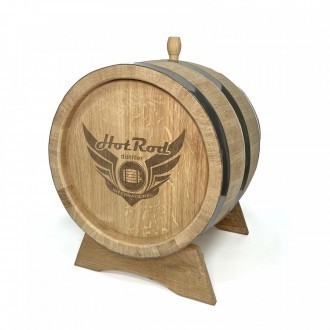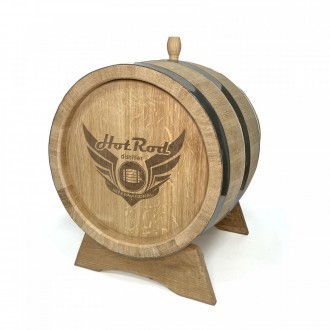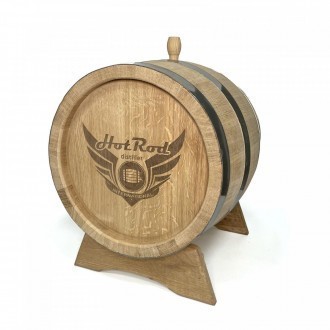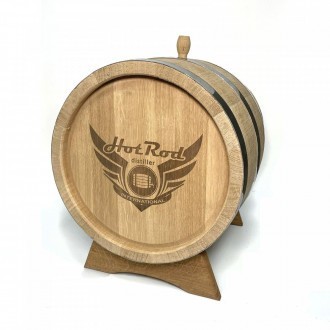Aging in oak barrels: the key to refining the distillate

Quality criteria for oak barrels:
- Material: The barrel must be made of high-quality oak, without knots or cracks.
- Age of the oak: The older the oak, the more intense the taste and aroma of the distillate.
- Degree of roasting: Roasting oak affects the taste and aroma of the distillate.
- Barrel Type: Barrels come in different sizes and shapes, which will affect the aging process.
- Sealing: The barrel must be sealed to avoid leakage of distillate.
Advantages of our barrels:
- Made from the butt part of oak: This part of the oak contains more tannins and other substances that give the distillate a rich taste and aroma.
- Oak age: The oak used to make barrels is between 70 and 140 years old.
- Aging of staves: Staves for barrels are aged outdoors for at least three years.
- Split stave: Split stave ensures more uniform contact of the distillate with the oak.
- Different degrees of charring: we offer barrels with different degrees of charring, from M+ to deep charring.
- Tightness: The barrels are sealed and do not require treatment with wax or linseed oil.
- No soaking required: Our barrels do not require soaking in alcohol before filling with distillates.
Recommendations:
Choose a barrel that suits your purposes: If you want to make cognac, whiskey or age fruit distillates, you need a barrel with a certain degree of charring.
Prepare the barrel before use: Soak the barrel in water or wine before first use.
Store the drum in the correct conditions: The drum should be stored in a cool, dark and humid place.
Check the distillate regularly: Try the distillate periodically to determine the optimal aging time.
Aging in oak barrels: effect on wine and other drinks
Effect of the barrel on the distillate:
- Moonshine: Aging in an oak barrel gives moonshine a taste and aroma similar to whiskey.
- Cognac: Oak barrels are an integral part of cognac production.
- Beer: Some brewers age their beer in oak barrels to add the flavor notes associated with wine.
- Color: An oak barrel gives the distillate a golden or amber color.
- Taste: The barrel softens the alcohol, adds tannins, vanilla, spices, smoky and other aromas.
- Aroma: Oak barrels imbue the distillate with a rich aroma
Effect on wine:
- Flavor Smoothing: Oak barrels soften the tannins in wine, making it more rounded and drinkable.
- Enhancing Flavor: Oak adds notes of vanilla, spice, smoke and other aromas to the wine.
- Oxidation: Microscopic pores in oak allow oxygen to enter the wine, causing it to oxidize. This improves the taste of the wine.
- Stabilization: Oak barrels help stabilize wine, making it less susceptible to spoilage.
Factors affecting exposure:
- Type of oak: Different types of oak are used
- Degree of roasting: The more deeply the oak is roasted, the more intense the taste of the drink will be.
- Barrel Size: The larger the barrel, the less oak influence the drink will have.
- Aging period: The longer the aging period, the stronger the oak influence.
Advantages of crushed barrels:
- Durability: Cracked barrels last up to 100 years.
- Versatility: Suitable for aging a variety of drinks.
- Easy to Renew: Renewing a crushed barrel is quick and easy.
Disadvantages of crushed barrels:
Price: Split barrels are more expensive than sawn ones.
Difficulty of making: Making split barrels requires more time and skill.
Barrel selection:
- Set a Budget: Oak barrels can be both expensive and affordable.
- Determine the purpose of use: What drinks will you use the barrel for?
- Select the type of oak: What flavor do you want to impart to your drink?
- Select Roast Level: How intense should the flavor be?
- Select the barrel size: How much of the drink do you want to age?
Aging in oak barrels is a great way to improve the taste and aroma of various drinks. When choosing a cask, it's important to consider your goals, budget, and the type of drink you want to age.

